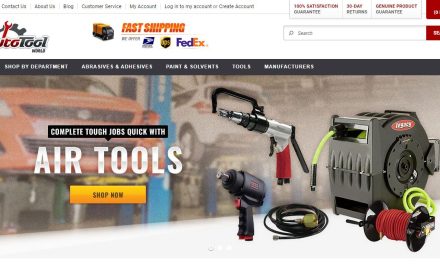As customers become more discerning and demanding, businesses need to focus on providing them with a seamless experience. This means that every touchpoint, from the first impression to post-purchase support, should be smooth and effortless. One of the most critical areas where businesses can improve is their website. Here are five ways you can optimize your website for a seamless customer experience:

Introduction to the Importance of a Seamless Customer Experience
A good customer experience starts with understanding what your customers want and expect. It involves creating an environment that makes it easy for them to find what they’re looking for, buy what they need, and get help when they need it. A seamless customer experience not only improves satisfaction but also increases loyalty and repeat purchases.
Understanding the Stages of the Online Shopping Journey
The online shopping journey has three main stages: pre-purchase, purchase, and post-purchase. During the pre-purchase stage, customers research products, compare prices, and read reviews. At this point, they’re trying to determine if your product or service meets their needs. During the purchase stage, customers add items to their cart, enter shipping information, and complete the transaction. Finally, during the post-purchase stage, customers receive confirmation emails, tracking updates, and follow up surveys. Understanding these stages helps you tailor your messaging and provide relevant content at each step.
Optimizing Your Website for Easy Navigation and Searchability
One of the biggest frustrations customers face is difficulty finding what they’re looking for. To ensure easy navigation, use clear headings, intuitive menus, and logical category structures. Make sure your search bar is prominent and works well, allowing customers to quickly find specific products or services. You may even consider implementing site search suggestions or autocomplete features to speed up the process.
Improving Page Load Speed and Mobile Responsiveness
Page load speed is crucial for keeping visitors engaged and reducing bounce rates. Slow loading times result in frustration, decreased engagement, and lost sales. Implement techniques such as compressing images, minifying code, and leveraging browser caching to improve page load speeds. Additionally, make sure your website is mobile responsive, ensuring optimal viewing across all devices.

Personalization Techniques to Enhance the User Experience
Customers appreciate personalized experiences because they feel valued and understood. Use data and analytics to create targeted recommendations based on past behavior, preferences, and demographics. Personalized content can include everything from product recommendations to customized promotions. Tailored messaging and offers increase engagement and conversion rates while building stronger relationships with customers.
Conclusion: Taking Action to Implement These Strategies
By optimizing your website for a seamless customer experience, you can improve satisfaction, build brand loyalty, and drive revenue growth. Start by identifying areas for improvement, setting goals, and developing strategic plans to implement these changes. Continuously monitor performance metrics and adjust tactics accordingly to stay ahead of competitors and meet evolving customer needs.




